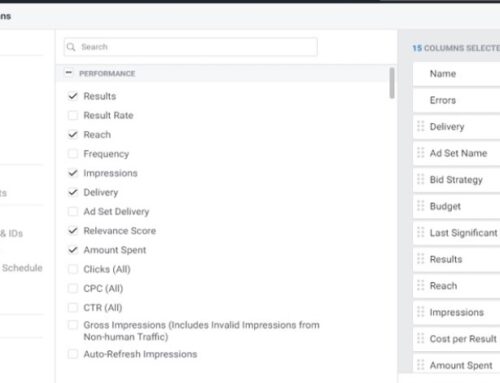Putting up the right offer
When an advertiser sells its product, there is usually something tied in the offer. This something could be in a form of a trial or a free sample. The point of this is to induce action from people who read the ads. It is human nature to like something free.
When people see a benefit for themselves with no risk, they are more likely to take action. It is human nature to be risk-adverse.
This benefit is inside the offer which is then presented in an advertisement. It prepares the user to learn more about your product. With the use of a small sample, you get more attention from readers rather than just straight selling. You also get their contact information. You can use it for follow-up for a personal relationship. The reader now becomes a new lead for your business.
This small offer induces the reader into your business, thereby he becomes a potential prospect rather than just a reader. If you didn’t have this offer in the first place, the reader might be gone and probably not come across your business again.
A sample gets action by the reader
A reader may not convinced to buy at an early stage, but is interested in learning about your product.
Here lies the magic of tracking the actions on your website. With it, you know which ad brings in the most conversions. An ad may bring forth 20 leads in a week, another might bring 50.
You can then tweak and compare among ads, constantly testing what works best for the public. We should begin with the headlines because it is the most reactive to change. We continually test ads to find the most optimal price to pay for a customer.
Without tracking installed on your KPIs, there can be no way to tell how effective your campaign are. You might be spending 10x than what you need to spend. Advertising is all about reducing wastage in circulation, you only want interested users to see your ads. With tracking installed, you know where is the wastage and can begin to eliminate quickly. This is where advertising resembles science more than art.
That being said; the easier it is for the user to take action, the more conversions you will get, and the lower your cost per conversion will be. Asking interested users to print out the promo and present it in your shop is going to bring down the returns you get. Having them fill up an online form, then follow up with a call or message is infinitely more effective.
Do not make interested users work for the favor! Go through the most common and convenient methods of having your prospect come to you. Remember as a business, you are courting interest. Cost per result varies by the type of action taken. Keep creating a resistless offer in the forefront of your agenda.
Be careful of providing samples and trials freely
It is one thing to get an interested user and another to get a user. The difference is intention.
We have all seen instances of such promiscuous offers being handed around in malls, and it cheapens a product greatly. It is a folly because we know any product with value is not given away freely to anybody.
We want to qualify our users. We should only give trials and samples to interested users. Users who have shown interest. Now there is a level of respect between your product and it is not presented unfavorably.
This is one of the psychology in human nature which I do not understand how but I know it works. Giving away free samples or favors should only be done under the right context, where the business is reciprocating an interested user. Blindly giving samples to anybody devalues its worth over time.
The importance of testing in advertising
Back in the old days of advertising, it is mostly done on guesswork. Campaigns were run by personal opinions, usually by the stakeholders. The public was never consulted, even though they decide the success of every product. Now in the era of scientific advertising, this is not the case any more. Campaign tests are conducted to gather information from the public on its ad’s effectiveness, and brought back to the “laboratory” for tweaks and changes. Then send out again, over and over. Until the advertiser end up with a “perfected” ad.
By knowing how much a thousand leads cost, we may also know how much a million will cost. By running tests we let a small number decide what the majority will do. With this, effective advertising is structured to have little downside and much of the upside. Losses can be minimized and gains to be maximized.
Every ad serves as your salesman, each has a potential to bring back a certain amount of result, and we should judge them solely by its numbers.
Many Google Ad accounts are under-optimized
An article published this year talks about how only 57.7% of the Google Ads accounts have conversion tracking installed. That means only a little more than half of the ad accounts out have tracking installed on their web pages.
And 50% of the accounts with tracking enabled is tracking nothing meaningful to their business! And also an average of 75.8% of ad spend in Google advertising is wasted.
That is a lot of wasted dollars which could have been made to great use if these accounts knew what they were doing. And it all begins with tracking.





